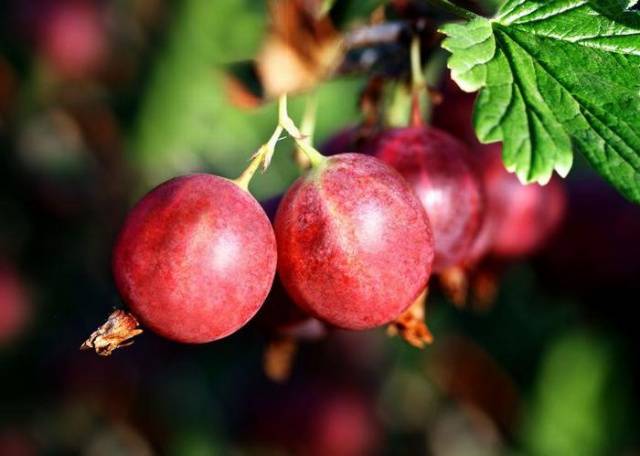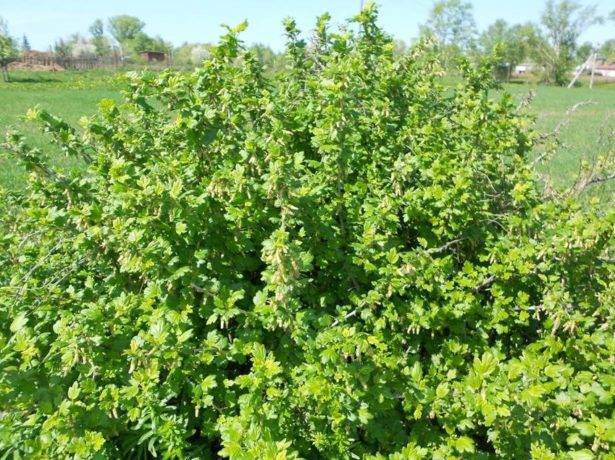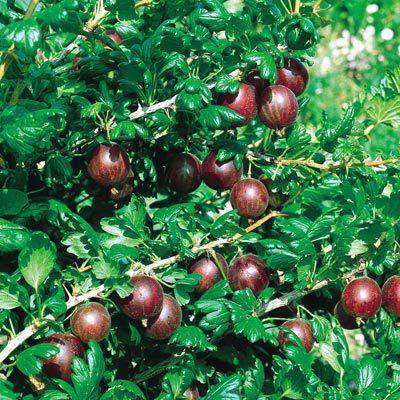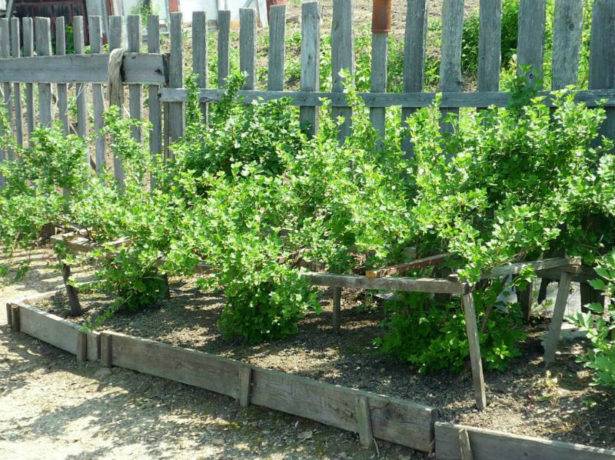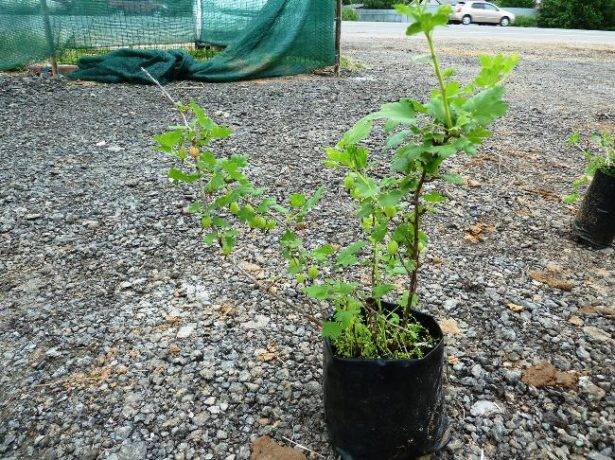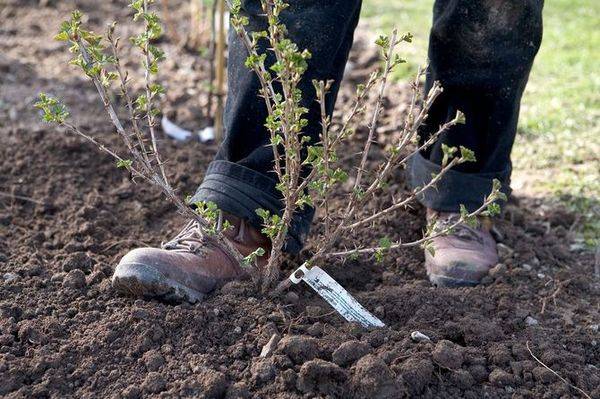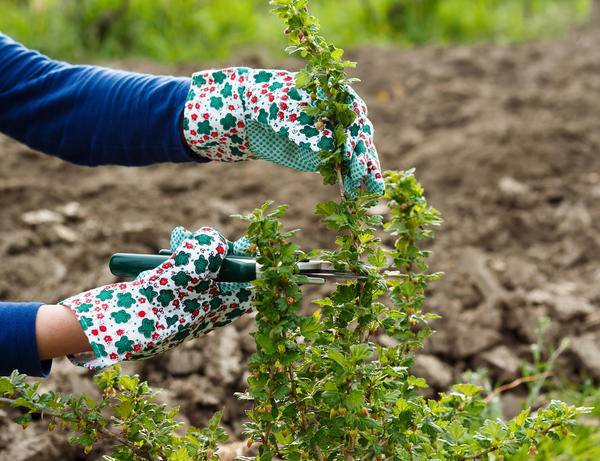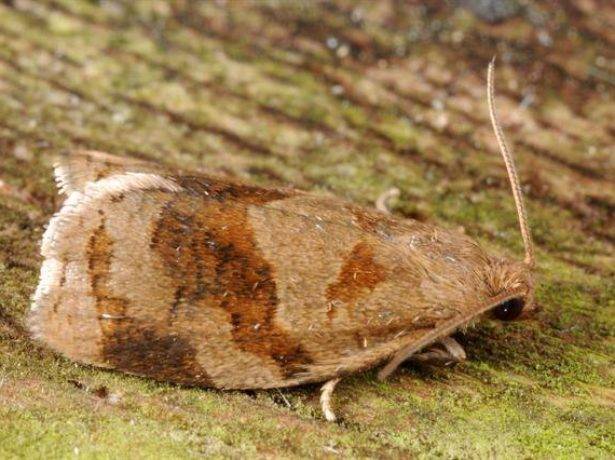Content
Krasnoslavyansky gooseberry, description, photo and reviews, which will be presented in the article, is a relatively young variety. But the popularity of the plant is growing every year due to its unique qualities.
Breeding history of the variety
The gooseberry variety Krasnoslavyansky was bred by Russian breeders of the fruit and vegetable experimental station in the city of Leningrad. To obtain a new plant, the varieties Avenarius and Oregon were used. The authorship belongs to the breeders I. S. Studenskaya and O. A. Medvedeva.
Since 1992, the Krasnoslavyansky gooseberry has been included in the State Register for the Russian Federation in the European regions of Russia, but over time, the geography of its cultivation has expanded significantly.
Description of the bush and berries
Bush gooseberry varieties Krasnoslavyansky of medium stature and slightly spreading (as in the photo below). The height of the gooseberry is about 150 cm. The stems are of medium thickness, erect. Their colors are not the same: the bottom is light brown, the rest of the shoot is green. Sharp and thick thorns along the entire length of the stem. The Krasnoslavyansky variety has small brown buds with sharp tips.
Emerald green leaf blades are located at an angle to the shoot. The leaves are round, matte or with a low sheen. The upper part is smooth, the lower part is pubescent. The wrinkling of the leaf is mild. The Krasnoslavyansky gooseberry blooms with yellowish bell-shaped flowers. Brushes with one or two colors.
The berries are large, round or slightly elongated. Dense pubescence over the entire surface. Berries weighing up to 6 grams. When ripe, the fruits of the Krasnoslavyansky gooseberry variety are red in color with a pronounced gooseberry aroma. On the palate, berries of the Krasnoslavyansky gooseberry variety are sweet with tender and juicy pulp. The skin is thin. Each berry contains about 45 seeds.
Short description:
Life form | Bush |
Height | up to 150 cm |
Crown | slightly spreading |
Fruit | rounded or slightly elongated |
Weight | up to 6 g |
Taste | sweet and sour, dessert |
Yield | about 6 kg |
Ripening period | average ripening |
Crumbling | strong in ripe berries |
Winter hardiness | high |
Advantages and disadvantages
Each varietal plant has advantages and disadvantages that gardeners pay attention to when choosing a variety. This is what the Krasnoslavyansky gooseberry variety is.
Dignity | disadvantages |
Excellent taste and visual appeal of berries | Sharp thorns make harvesting difficult |
High yield | Ripe berries do not stick to the cuttings, they quickly crumble |
Medium late ripening | Average susceptibility to fungal diseases |
The unpretentiousness of the gooseberry |
|
Transportation does not affect the presentation of the berries |
|
Ripe berries are stored in the refrigerator for a week. |
|
Characteristics
Yield | On average, with good care, the bush yields up to 6 kg of berries. |
Drought resistance and winter hardiness | In the absence of rain, if moisture-charging irrigation was done in the spring, the gooseberry can survive a short-term drought. The temperature of -37 degrees is easily tolerated. |
Disease and pest resistance | The variety is resistant to many diseases and pests, in particular, powdery mildew. |
Ripening period | Fruit ripening is amicable, ripen in July-August.A plant with high self-fertility, fruiting begins two years after planting the bush. A bountiful harvest is harvested in the eighth year of cultivation. To prolong fruiting, the bushes must be rejuvenated by pruning. |
Transportability | Despite the thin and delicate peel, the berries endure long-term transportation and do not lose their presentation. The main thing is not to put the fruits in the boxes in a thick layer. |
Description of Krasnoslavyansky gooseberry:
Growing conditions
The Krasnoslavyansky gooseberry, like its relatives, is a thermophilic crop. Therefore, for its cultivation, a well-lit, draft-free area is chosen. The plant does not tolerate shading: the shoots are lengthened, and the berries become small, do not color evenly.
Groundwater should not be higher than 1.2 meters. Gooseberries grow well on slopes or on flat areas. It is best to grow bushes of the Krasnoslavyansky variety near fences.
Landing features
Gooseberry bushes of any kind are planted on cleaned weeds area with nutritious soil. Planting can be done in spring or autumn. Experienced gardeners prefer autumn work. Plants are planted in September, early October, depending on the growing region, taking into account climatic conditions.
It is better to buy gooseberry seedlings of the Krasnoslavyansky variety in nurseries or in stores. In this case, you can be sure of the quality and reliability of the planting material. Suitable for planting are annual or biennial plants both with open roots and in seedling containers.
The seedlings of the Krasnoslavyansky variety should not show signs of disease and the presence of pests. Plants with smooth bark and a well-developed root system are preferred.
The depth of the pit when planting gooseberries is 60 cm, the diameter is 10 cm. Since the plant has to spend at least 14 years in one place, the seat must be well filled. First, drainage from stones, small woods, cinnamon and branches is laid on the bottom. Then, half asleep with fertile soil. To compile it you will need:
- the top layer of the earth;
- humus - 2 buckets;
- peat or compost - 1 bucket;
- superphosphate - 200 g;
- wood ash - 250 g, this component can be replaced with 30 g of potassium sulfate.
All ingredients are thoroughly mixed. 2-3 buckets of water are poured into each pit.
Before planting, seedlings of the Krasnoslavyansky variety with an open system are soaked in water for an hour, then the roots are dipped in a clay chatterbox.
In the center of the hole, they scoop up the soil to form a mound, put a seedling and straighten the roots. Sprinkle with the rest of the soil, trample the ground around the bush, as in the photo below, to get rid of air pockets. The soil is mulched with straw, sawdust or humus.
Care rules
Further care for the Krasnoslavyansky gooseberry variety does not present any particular difficulties, except that there are some nuances.
Support
Since the shoots of this gooseberry variety grow up and to the sides, a bountiful harvest can bend them to the ground. To preserve the berries and your own calmness, you can make supports around the bushes. They also make it easier to pick berries.
Top dressing
Gooseberries of the Krasnoslavyansky variety need high-quality feeding. During the growing season, it is carried out three times, it is advisable to combine feeding with watering:
- In early spring, dry fertilizers containing nitrogen are scattered directly onto the snow. They will fall into the soil with melted snow. At the same time, rotted manure (10 kg per plant), superphosphate (80 g), saltpeter (20 g), potassium chloride (20 g) are poured under the gooseberry bushes.
- During flowering, the Krasnoslavyansky gooseberry variety will require potash-phosphorus fertilizers. With a weak shoot growth, the bushes must be fed with nitrogen.
- Before wintering, the plants are fed with potassium-phosphorus fertilizers so that the gooseberries feel comfortable in winter and have time to form flower buds.
In addition to fertilizing, plants need watering, especially when the berries are being poured.
Pruning bushes
In order for the Krasnoslavyansky gooseberry variety to please with the harvest for many years, it must be properly formed, autumn pruning must be carried out in a timely manner:
- 1 year. Shoots are cut by a third, leaving 4-5 buds. Only 3-4 strong branches are left in the bush, growing upward.
- 2 years. Young shoots are shortened in the same way as in the first year, leaving 6-8 basal shoots.
- 3 years. From 10 to 17 shoots are left on the plant, which are cut in the same way.
- 5-7 years old. There are up to 20 shoots in a bush. You need to cut all branches that are more than 5-7 years old. Each shoot is again pruned by a third.
During the sanitary pruning of gooseberries, the Krasnoslavyansky variety is cut annually: sick and damaged shoots growing inside the bush. To rejuvenate the Krasnoslavyansky gooseberry, all shoots are cut out 15 cm from the surface to obtain new growth.
Reproduction
You can get new seedlings from your gooseberry bushes in different ways:
- dividing the bush;
- layering;
- lignified cuttings;
- green cuttings.
The varietal properties of gooseberries are fully preserved with such methods of reproduction.
Preparing for winter
In autumn, water-charging watering of gooseberry bushes of the Krasnoslavyansky variety is carried out. Up to 6 buckets are poured under each plant, depending on weather conditions. Sprinkle mulch on top.
After pruning, all twigs and dry leaves are removed and burned. The bushes are treated with a Bordeaux mixture, and the surface with potassium permanganate. Gooseberries must be fed.
Pest and disease control
Despite the resistance of the Krasnoslavyansky gooseberry variety to many diseases and pests, plants can still suffer from them. After all, there may be less resistant varieties nearby. The main pests, diseases and control measures are shown in the table.
Pests and diseases | Signs | Control measures | Prophylaxis |
Fire (pictured below) | Damaged berries are entangled in cobwebs and dry up. | Treatment of bushes with iron vitriol during the period of bud formation. After flowering, spraying with Metaphos solution. | Loosen the soil, cover with a thick layer of compost, then remove it. |
Aphid | Young leaves are twisted, deformed, dry out over time. | In early spring, spray with Nitrafen, when budding with Karbofos. | Avoid thickened landings. |
Moth | The larvae damage the leaves, leaving only petioles. | Before the buds appear, treatment with Karbofos. After flowering with Aktellik. | Observe the features of agricultural technology. |
Powdery mildew | White bloom appears on leaves, shoots and berries. In the future, the shoots die off. | Early spring spraying with iron vitriol. Then Topaz. | Do not abuse nitrogen-containing accents, comply with agrotechnical standards. |
White spot | The leaves have gray spots with a dark brown border. Berries are also damaged. Leaves and fruits dry up and fall off. | Early in the spring, until the buds have blossomed, treat the bushes and soil with Nitrafen solution. Repeat the treatment after picking the berries. | Do not leave dry leaves under the bushes, thin out the gooseberries in a timely manner. |
Anthracnose | Leaf blades with dark brown spots curl along the edge. | Treatment of plantings in early spring with Bordeaux liquid. | Monitor the condition of the site and soil, water sparingly. |
Conclusion
The Krasnoslavyansky gooseberry variety is considered one of the best for harvesting. It is harvested unripe to preserve ascorbic acid.It is she who is necessary for a person to strengthen the immune system in the winter.
